Vintage Times-Union: A look at Jacksonville's old airport, from Lindbergh to the Beatles
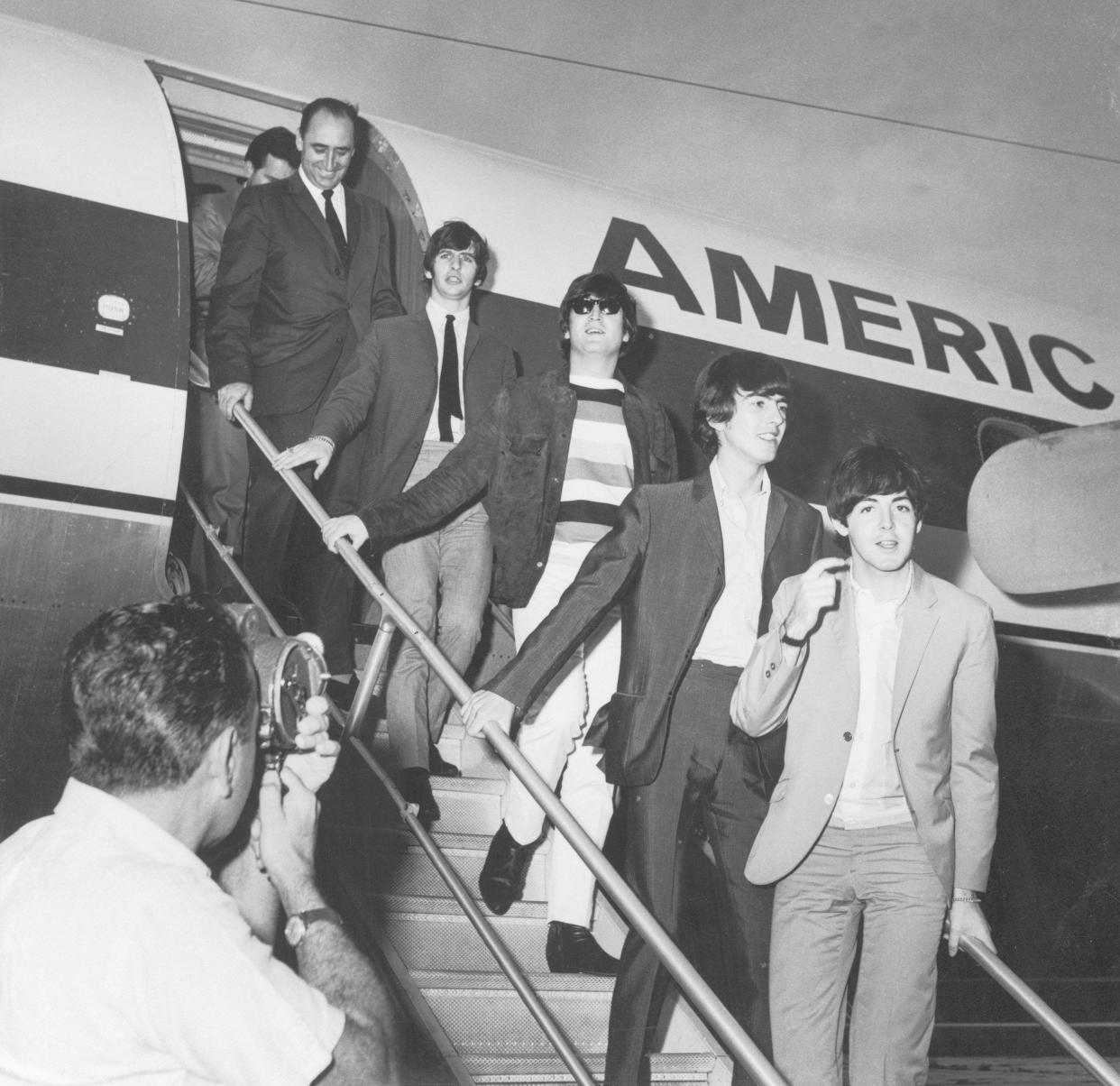
- Oops!Something went wrong.Please try again later.
In the days before people began boarding airplanes while wearing sweatpants, decades of air travelers came and went at the city's old airport on North Main Street, now an industrial park a little north of the current site of the Jacksonville Zoo.
Jacksonville Municipal Airport (later known as Imeson) officially opened in December 1928 on what was once a 175-acre prison farm. In 1931 Eastern Air Transport, which would become Eastern Airlines, opened a passenger terminal there

Despite the airport's later success, it was an uphill struggle in the 1920s when passenger travel still was novel and airmail was just beginning to make aviation more than just a sport.
More growth at JIA: Breeze Airways lands Jacksonville as its newest nonstop spot, a 'game-changer' for NE Florida
Pandemic tales: With eased COVID fears, more are flying in and out of Jacksonville for Thanksgiving
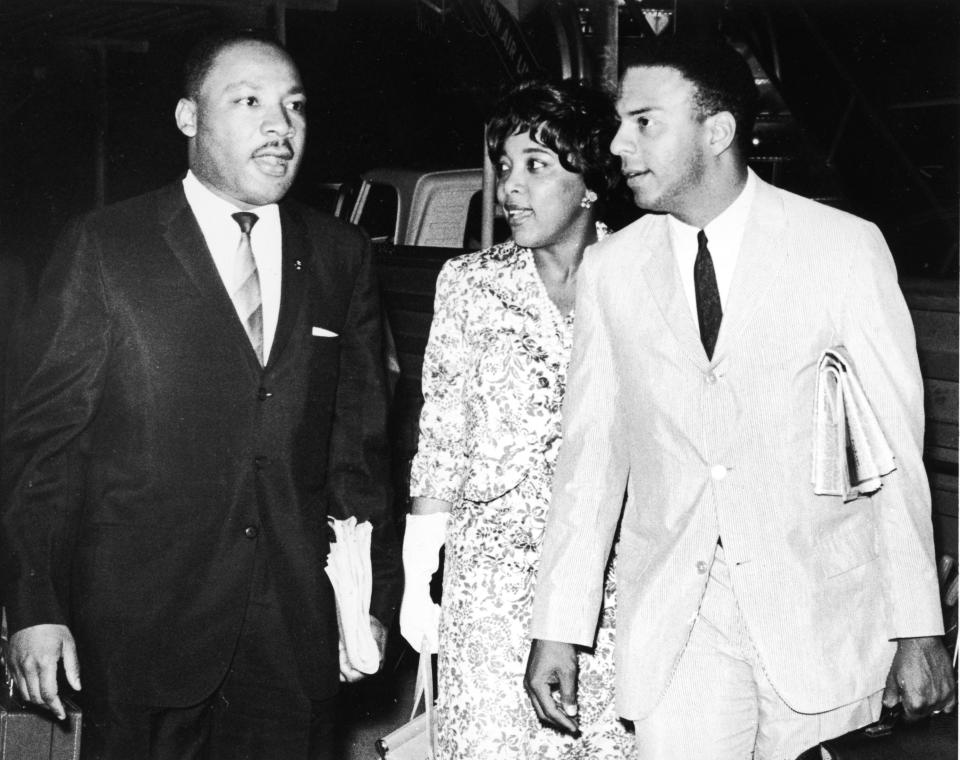
Its beginnings were humble. In a 2017 article, Times-Union writer Sandy Strickland noted that "the first hangar was constructed with old telephone poles supporting the walls and roof beams, and with sheets of corrugated steel roofing leftover from city building projects. The first terminal was a small wooden building with a fireplace and a bedroom for the day and night manager, 'gas boy,' mechanic and receptionist all in one. [Jacksonville aviation pioneer Laurie] Yonge was its first manager."
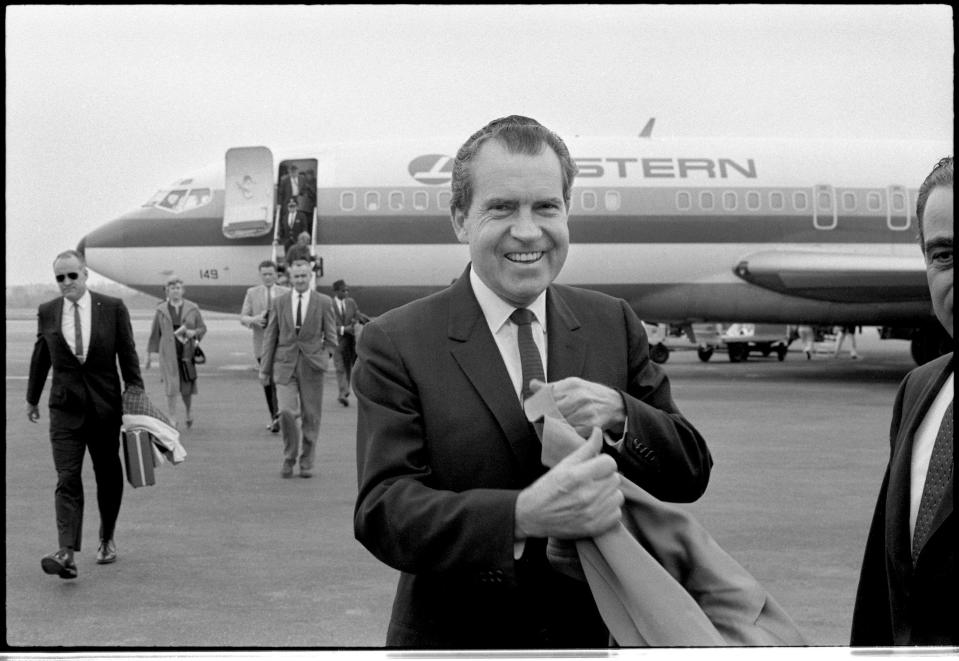
Local history: Jacksonville's Imeson saw everything from Lindbergh to JFK to MLK
Before it was even finished, Charles Lindbergh, the first pilot to fly solo across the Atlantic Ocean, christened the airfield when he landed there on Oct. 10, 1927. The aviator and his Spirit of St. Louis monoplane were greeted by a crowd estimated at 150,000. Previous Times-Union stories have noted what a remarkable number that was, given that the city's official population was just 129,500.
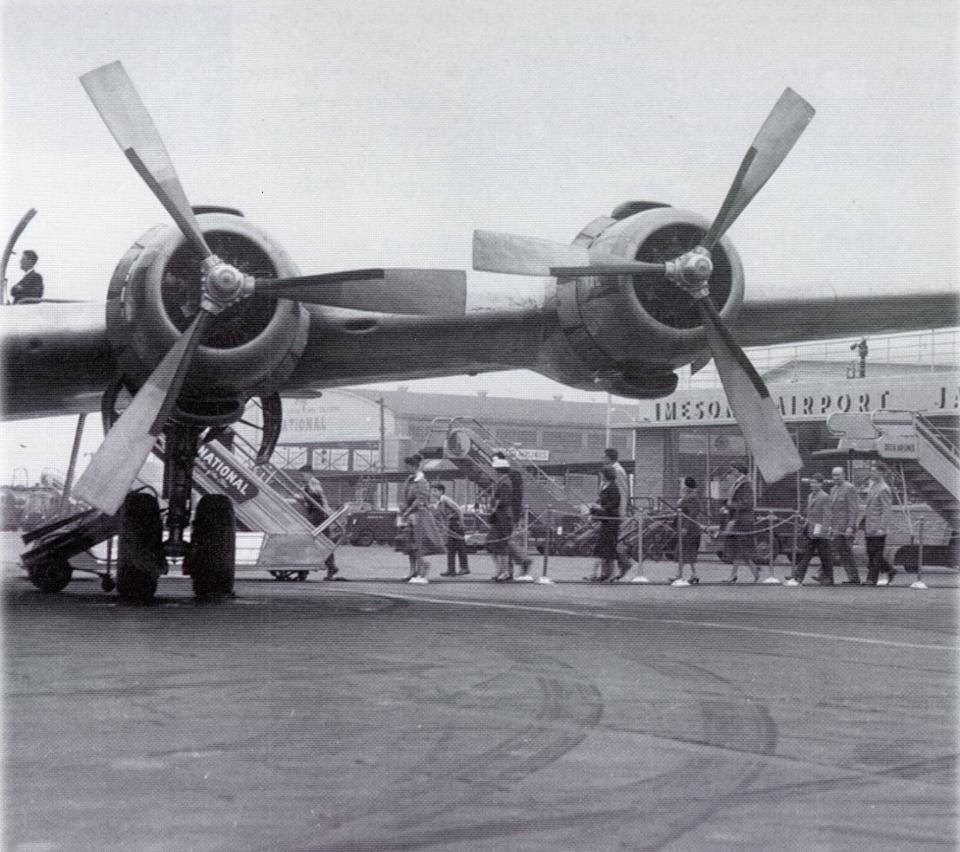
Jacksonville tried to name its airport after Lindbergh, but San Diego beat the city to it.
The airport was renamed in 1948 for Thomas Cole Imeson, the city commissioner who led the effort to build it, and it would bear that name until it closed.
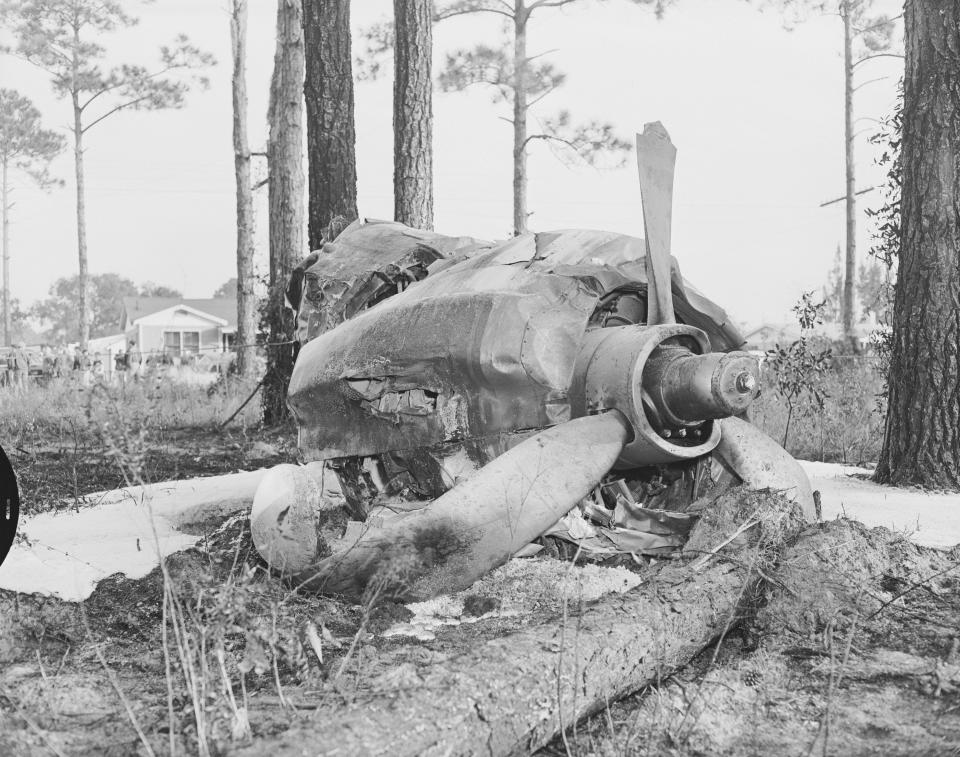
Strickland noted that in 1960 John Kennedy, Richard Nixon and Rose Kennedy went through Imeson's gates. Civil rights leader Martin Luther King Jr. touched down in 1964 on his way to civil rights demonstrations in St. Augustine. Later that year the Beatles flew there just after Hurricane Dora. The Times-Union described it as a 'secret arrival,' but somehow 150 Beatle-mad fans were there to greet them.
St. Augustine's civil rights struggle: Film screens Thursday in the city where it's set
1964: The Beatles, and controversy, at the Gator Bowl
Imeson shut down in 1969, the year after the opening of Jacksonville International Airport, which could handle the new larger jets that needed longer runways and more space, the better to accommodate all those travelers in sweatpants.
This article originally appeared on Florida Times-Union: Jacksonville's original airport hosted Nixon, Kennedy, MLK, Beatles

